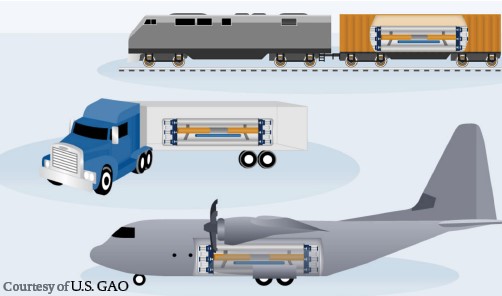
However, this may be true for the immediate future in the next decade, but further than that there might be an alternative and it is with nuclear power.
We have been hearing for many years the objections against the large nuclear power stations with one GWe reactors, but now there is a lot of effort in the development of nuclear microreactors.
They are very small reactors usually generating less than 50 megawatts electric (MWe). They are seen as an alternative to small modular (50-300 MWe) or conventional reactors (often around 1,000 MWe). By comparison, microreactors can be produced more quickly, and within weeks, transported and deployed to locations such as isolated military bases or communities affected by natural disasters. They are designed to provide resilient, non-carbon emitting, and independent power in those environments.
Similar to conventional large reactors, microreactors use the heat from a nuclear reaction to boil water, creating steam. The steam spins a turbine generator that, in turn, produces electricity. These steams driven synchronous generators we are familiar with, because we understand their dynamic behavior and that they produce fault currents that can be used by the traditional protection methods. The other benefit of nuclear generation is that it is not dependent on the sun or the wind, so it is the perfect complementary resource to the variable renewable ones. Depending on the proposed design, microreactors would use either more mature conventional light water or less mature advanced reactor technologies.
With the smaller reactor size, the entire reactor could be factory-assembled under controlled environmental conditions with quality control procedures. Complete assembly in the factory could increase the production rate of the reactor components, create cost efficiencies through greater economies of scale, and reduce the time needed for installation in the field.
The turbines, generators, and other associated parts could also be manufactured in a factory as modular units and added on-site.
Considering as an example the development by Westinghouse of the eVinci micro reactors with electric output in the range of 0.2 to 5 MWe, we can start to think about a future of nuclear powered microgrids and nuclear distributed energy resources (NDER).
For more information please visit Science & Tech Spotlight: Nuclear Microreactors | U.S. GAO








